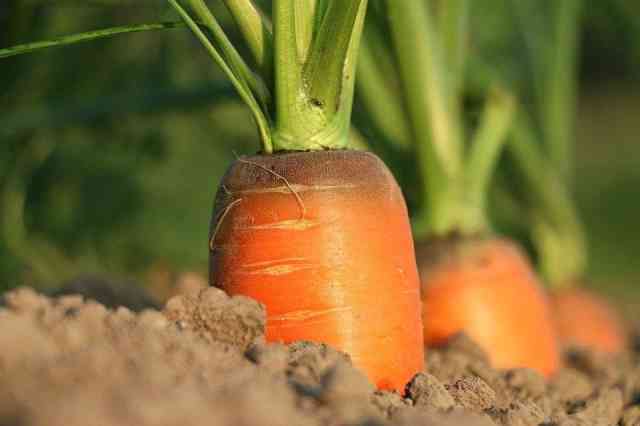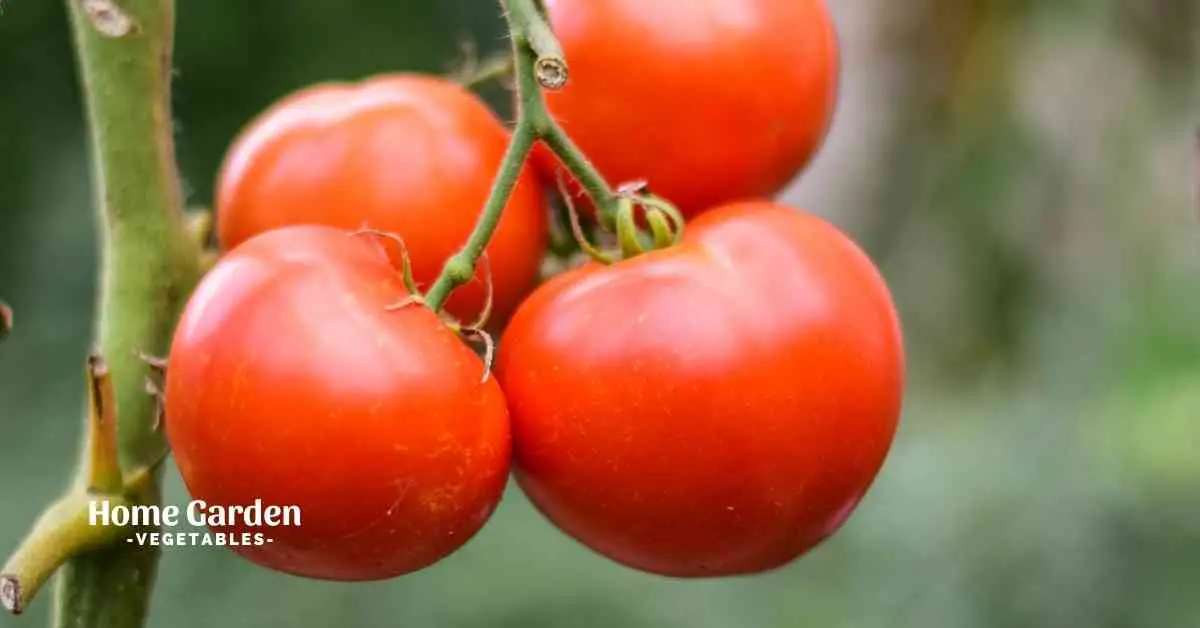Crop rotation is very important for crops since it ensures the optimal availability of nutrients in the soil and prevents diseases and pest infestations. In simpler words, crop rotation helps get a better harvest from your annual crops, including tomatoes.
Crop rotation is not a new practice. Farmers had discovered centuries ago that following a certain crop sequence allowed them to utilize earth’s resources in the best possible way to enhance harvest. Since then, crop rotation has been a prevalent trend in cultivation. Read on, and you’ll understand how to rotate tomato crops for growing delicious, plump tomatoes each time.
Reader Poll: What online courses would interest you?

Why Do Tomato Crops Need Rotating?
Growing tomatoes, or other members of the same family, including pepper, eggplant and potatoes at the same spot year after year isn’t a wise plan for many reasons. Every crop has its own nutrient requirements. Planting the same crop in the bed for years in a row depletes the soil of the essential nutrients and creates favorable conditions for pests and diseases to thrive. Switching to a different crop for that spot for a season or two gives the soil a chance to rejuvenate.
Crop rotation is even more important for tomatoes since tomatoes are susceptible to many diseases, including early blight and late blight. Planting a crop, such as legumes, that’s not affected by the disease can control its spread or even eliminate it from your garden.
How Often To Rotate Tomato Crops
Gardeners recommend that tomatoes should be rotated with a different crop at least every other year. This means that if you’re growing tomatoes at a spot in a season, you will grow a different crop at that spot next season. After that, you can switch back to tomatoes in the season, leaving a year’s gap for the soil to replenish its nutrients before it hosts the tomato crop once again.
Subscribe to our newsletter!
Though the above plan is ideal for small gardens, if you have larger space to grow, rotate tomatoes out for 2, 3, or 4 years for even better results. You can split the garden up into different plots. If you grow tomatoes on a plot for one season, grow another crop in that plot for the next 2, 3, or 4 seasons before returning back to tomatoes.
What To Plant After Tomatoes
Different types of crops can help replenish soil nutrients for tomatoes and lower the risks of diseases and pests.
You can rotate tomatoes with the following crops:
Legumes
All kinds of legumes are a good choice to grow after tomatoes on a plot. Peas, beans, and peanuts are all good choices and restore nitrogen in the soil depleted by the previous season’s tomato crop. Some legumes, including alfalfa and clover, are called cover crops or green manure and restore nutrients in the soil like regular manure.
Cruciferous crops
Broccoli, cabbage, cauliflower, Brussels sprout, and kale are all good choices to plant in a field that’s recently been vacated by a tomato crop. These leafy vegetables need lots of nitrogen from the soil, so plant them after legumes so they can thrive. In return, brassicas leave phosphorus in the soil for the next season’s crops.
Cucurbits
Cucurbits, including pumpkins, squashes, cucumbers and marrows can easily be included anywhere in the crop rotation schedule.
Root crops

Root crops, including carrots, beets, and radishes, are good choices to plant just before the season you plan on growing tomatoes since they enrich the soil with potassium, which tomatoes thrive on. Also, note that since root crops can benefit from some extra phosphorus in the ground, they’re best planted right after cruciferous vegetables. Remember that potatoes are not a root crop. They’re tubers and shouldn’t be grown after tomatoes.
What Not To Plant After Tomatoes
So you know all the different crop groups that work well when planted after tomatoes. Besides these crops, some plants should NOT be planted after tomatoes. In general, you should not plant any crop belonging to the nightshade family in a plot where you have been growing tomatoes anytime during the last few seasons. Similarly, you shouldn’t plant crops from the nightshade family in a plot where you plan on growing tomatoes in the coming few seasons.
The nightshade family includes potatoes, eggplant, pepper, and, of course, tomatoes. The reason for not planting them in the same plot for consecutive seasons is that they share many of the same diseases, including early and late blight. So if your tomatoes experienced blight in a season and you grow eggplant at the same location the next season, there are high chances that your eggplant crop will also encounter the disease.
Besides sharing diseases and pest problems, nightshades also have similar nutrient requirements. Growing them on the same plot in a row can deplete the soil of essential nutrients, and you’ll have to fertilize heavily to achieve good results.
How To Manage Crop Rotation In Small Gardens
If you don’t have enough space to grow tomatoes in a different plot once you’ve used it for growing tomatoes in the last season, try growing in pots. You can pull off a good tomato harvest in containers as long as you choose a good size and make sure there are drainage holes at the bottom. Choose a container that’s at least 20 inches in diameter and fill it with fertile, well-draining potting mix to grow tomatoes. I like to grow my tomatoes in large buckets.
Conclusion
This is how to rotate tomato crops and maintain a good harvest year after year. Rotating tomato crops won’t just help create the ideal conditions for your tomatoes to thrive. It will also give you a chance to explore all the other amazing crops and create a versatile vegetable garden.

